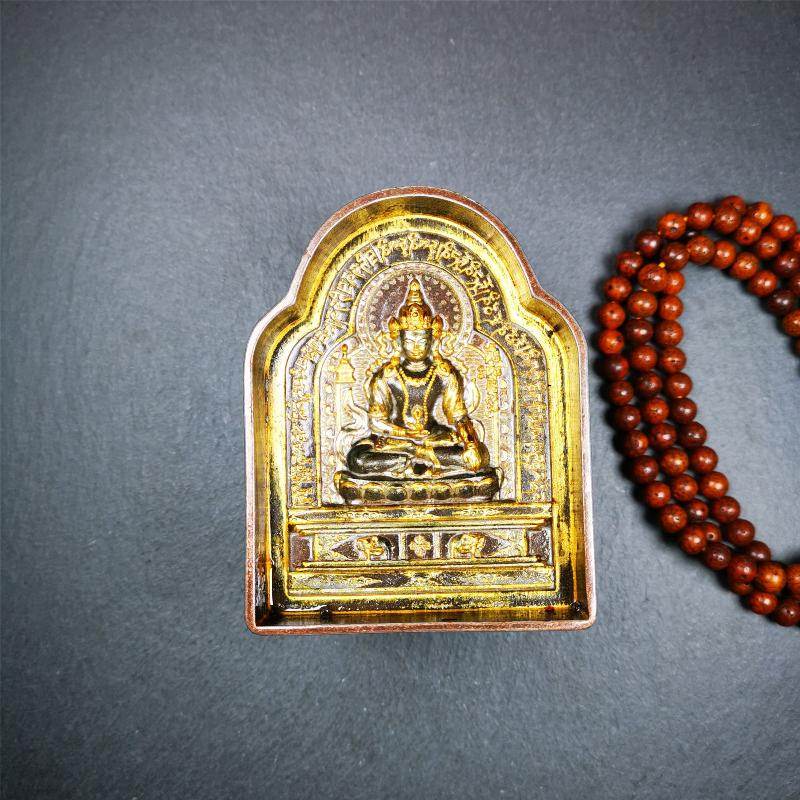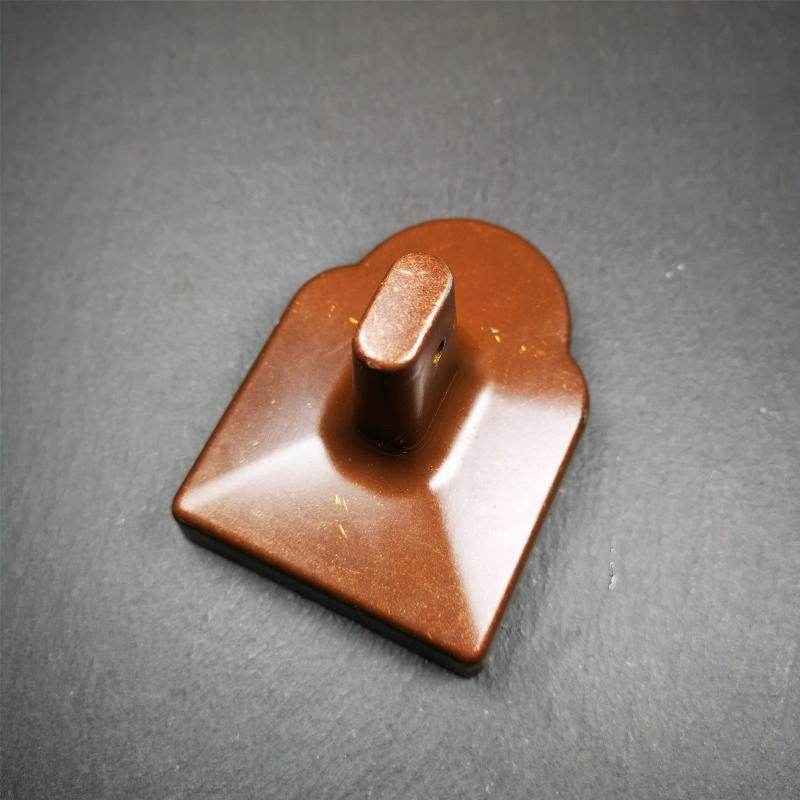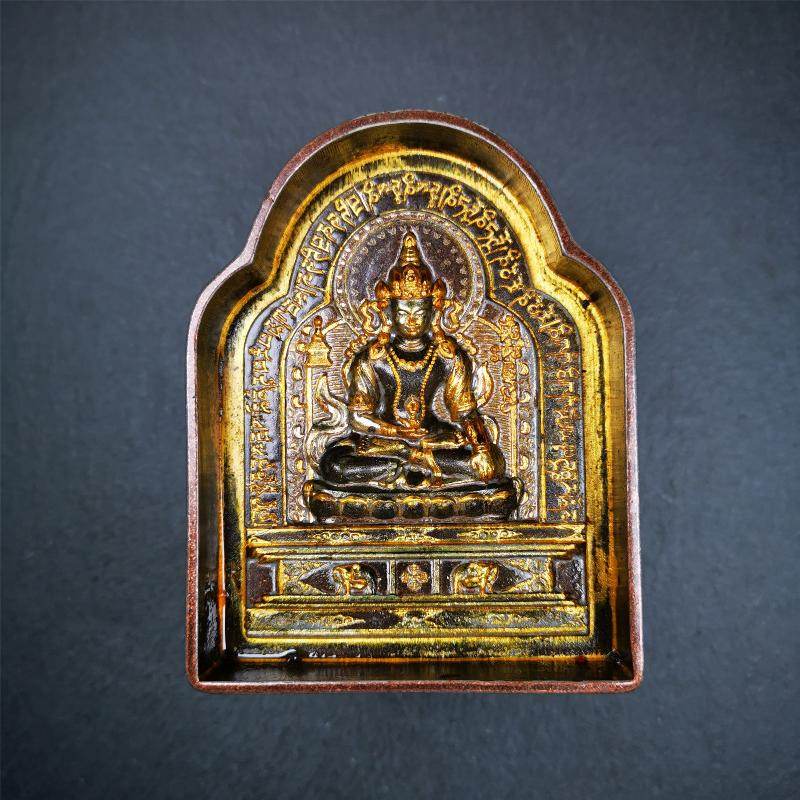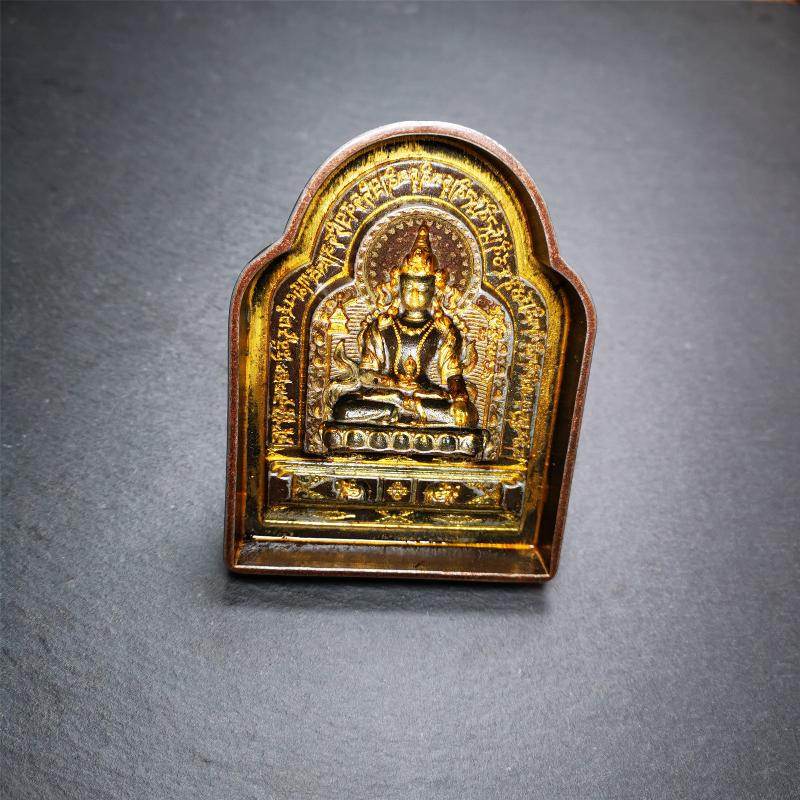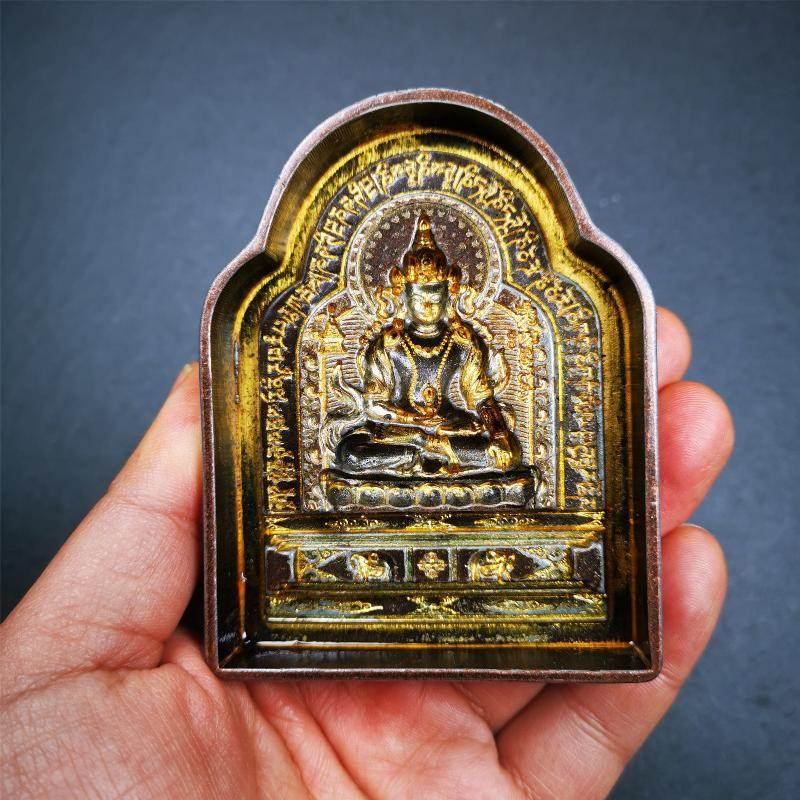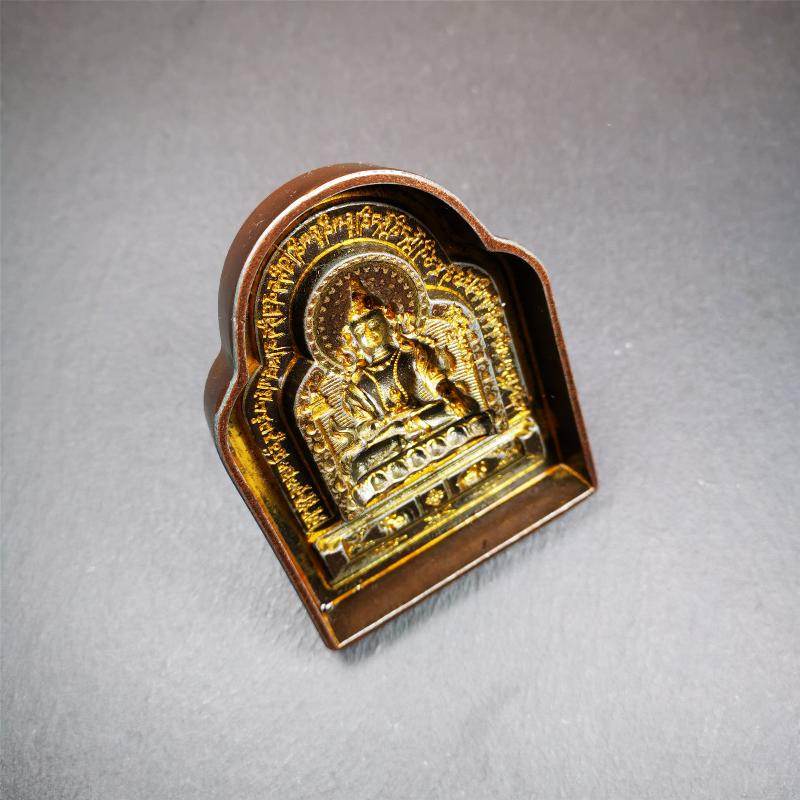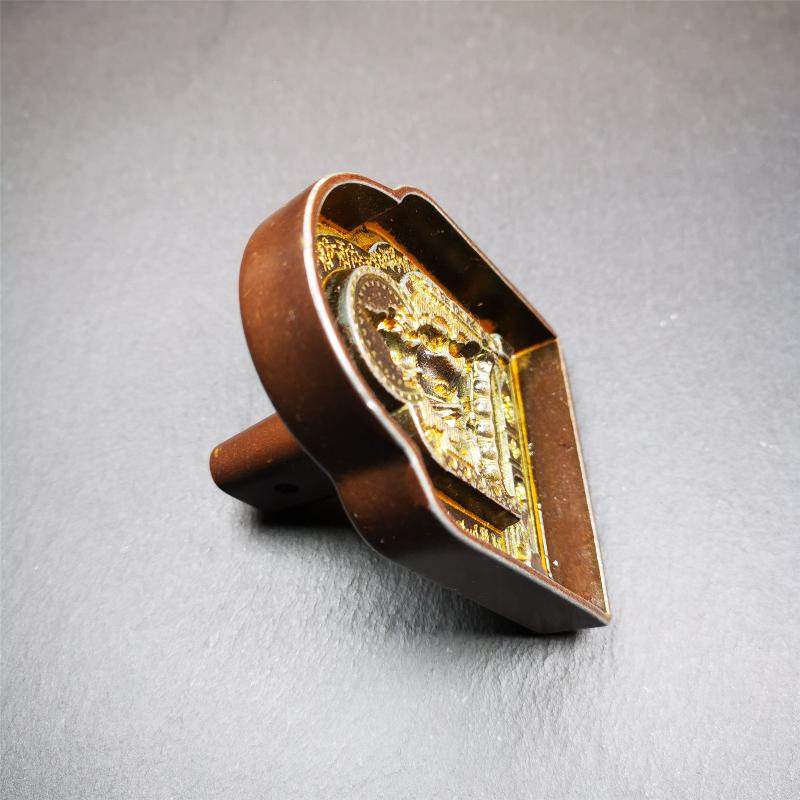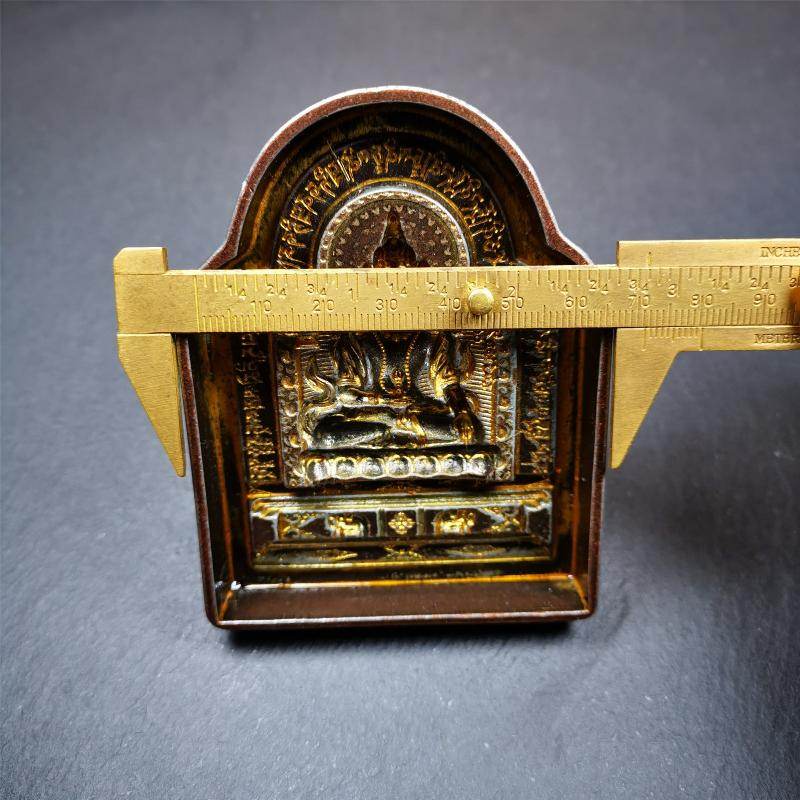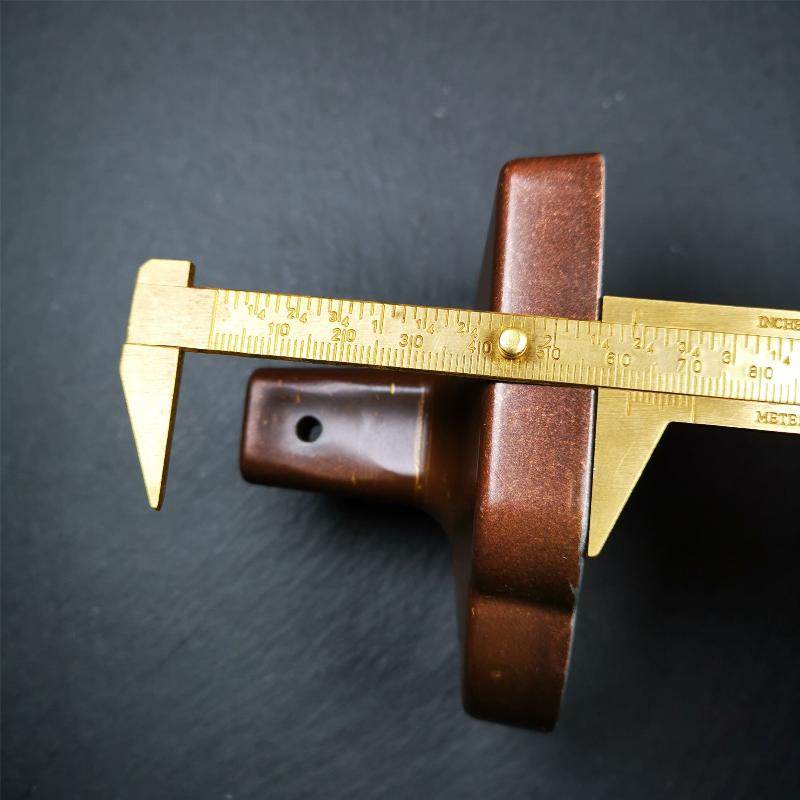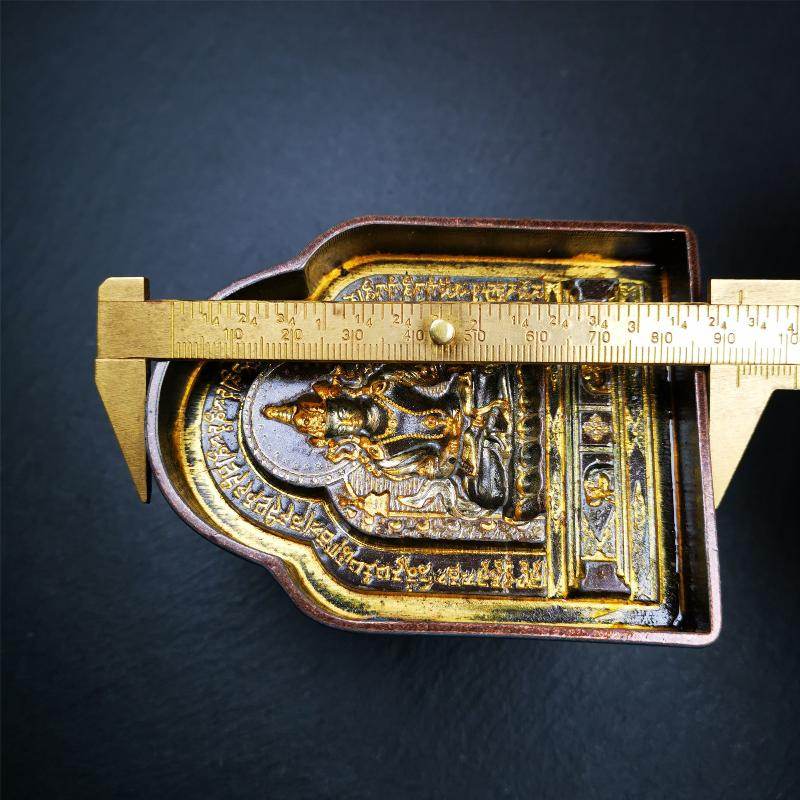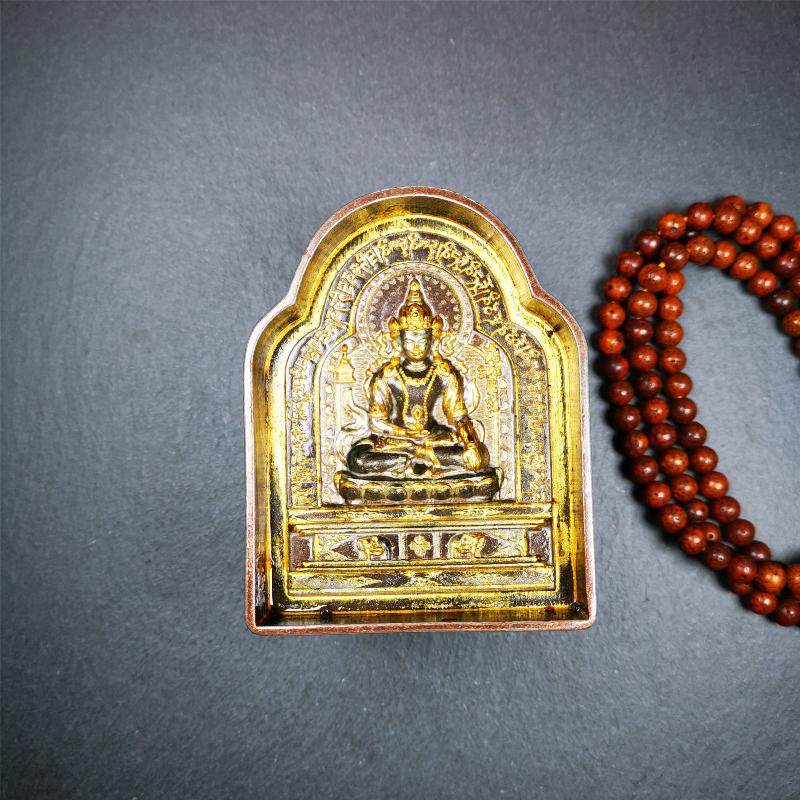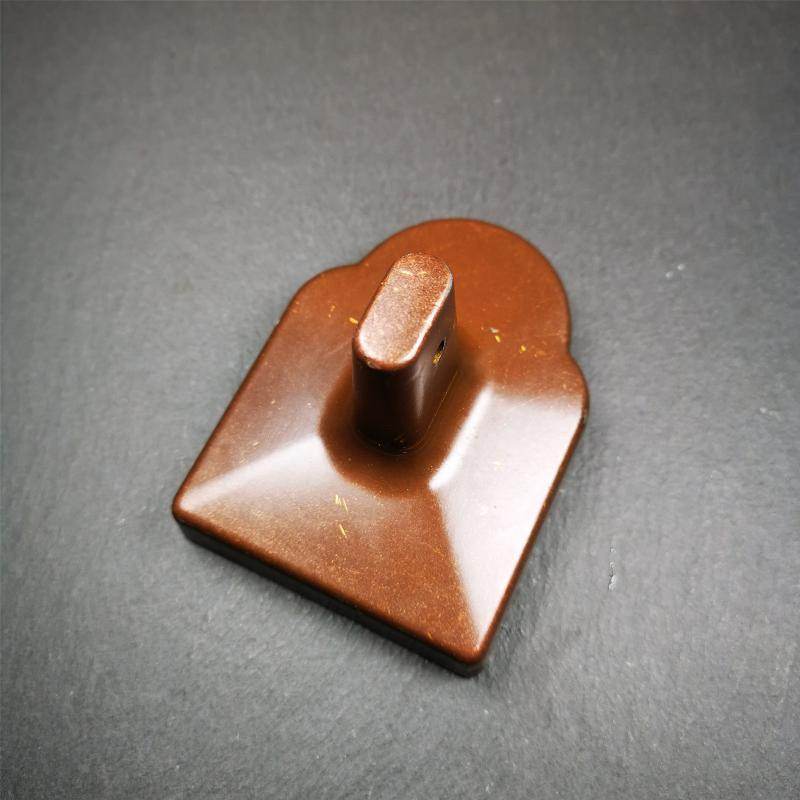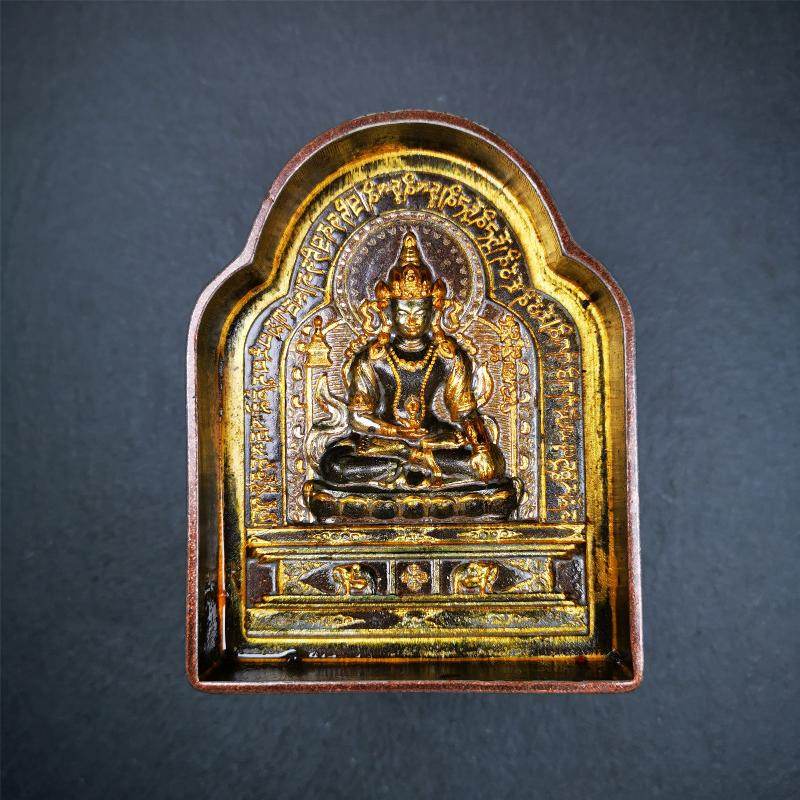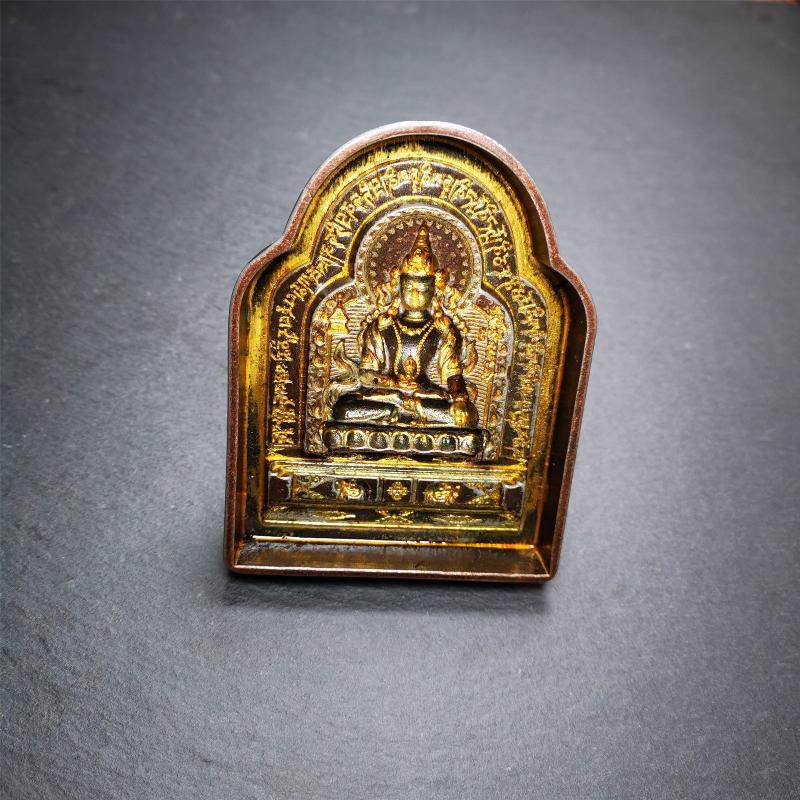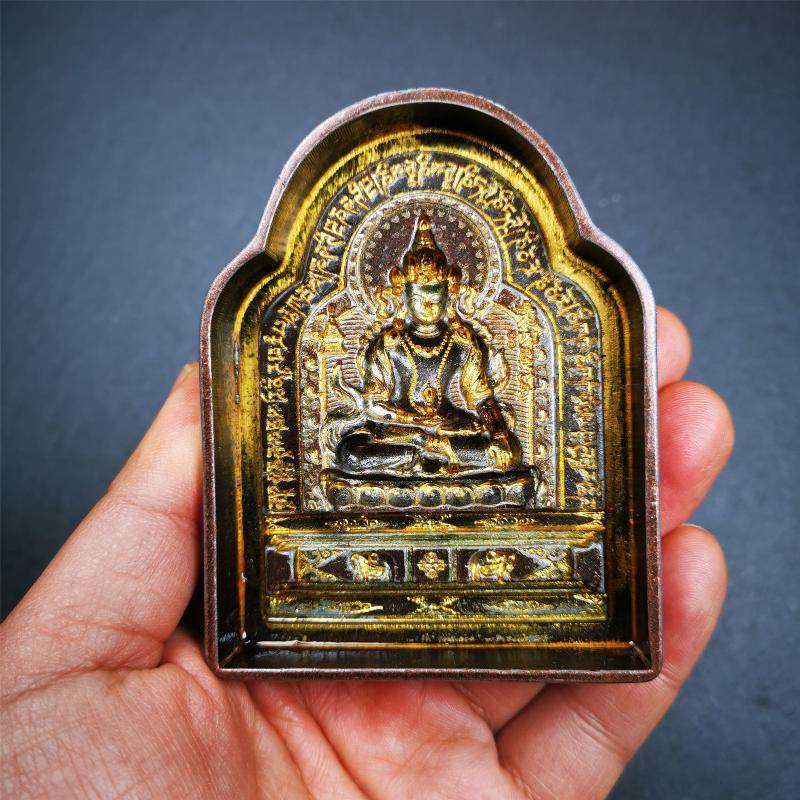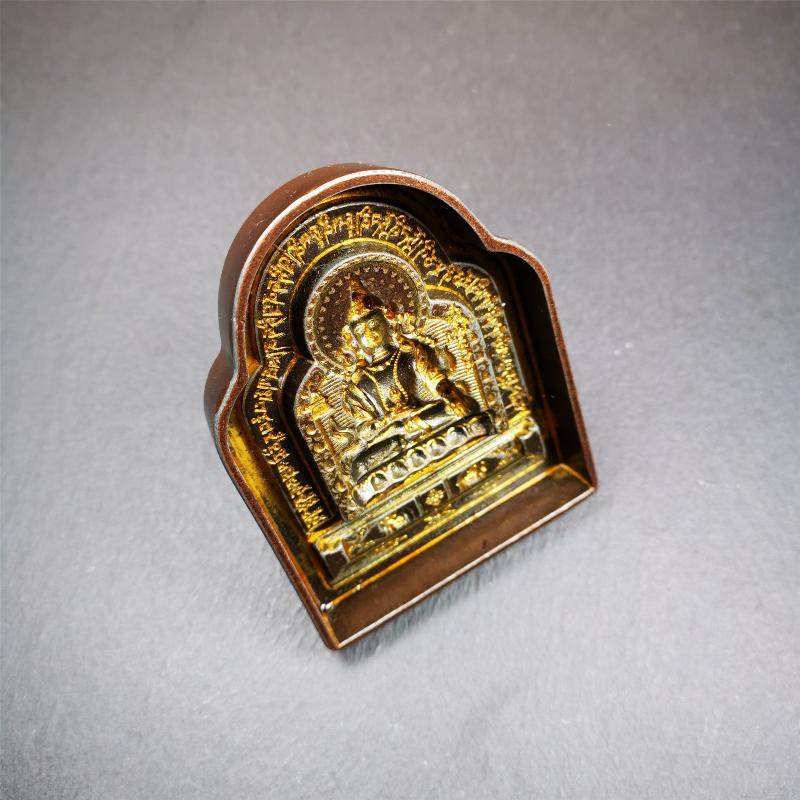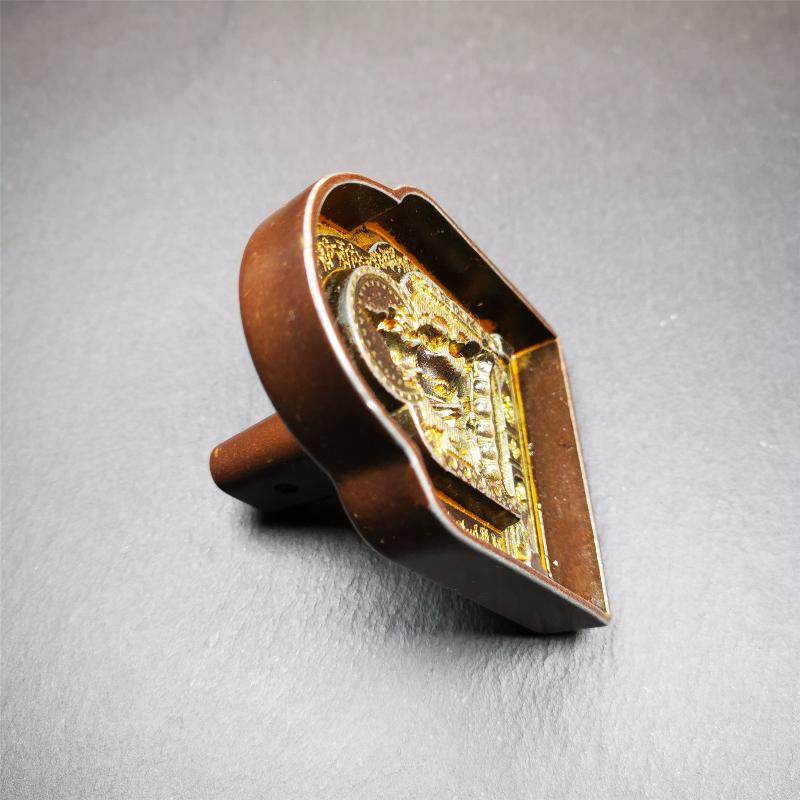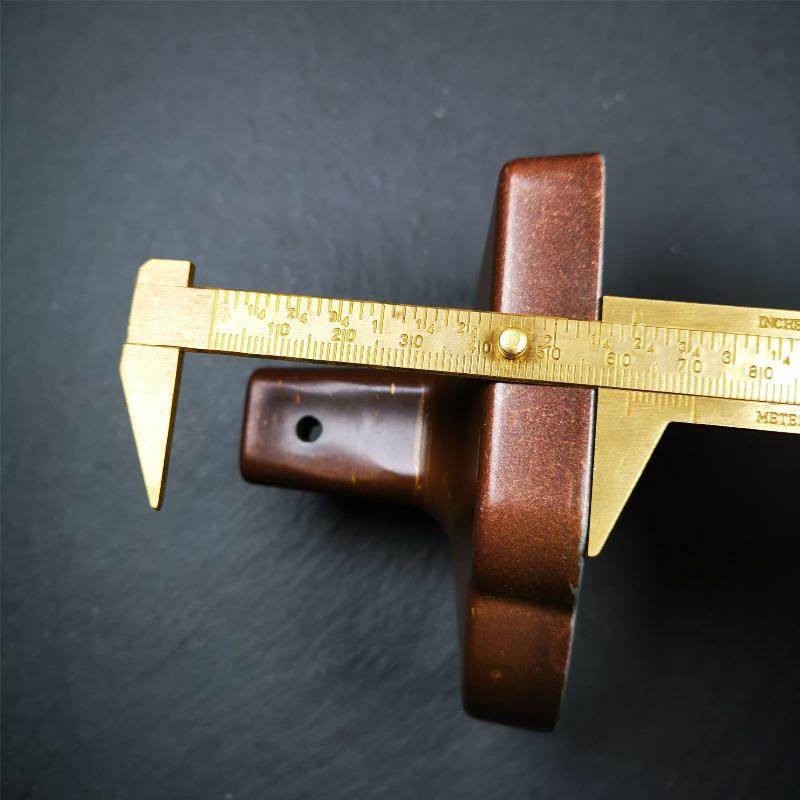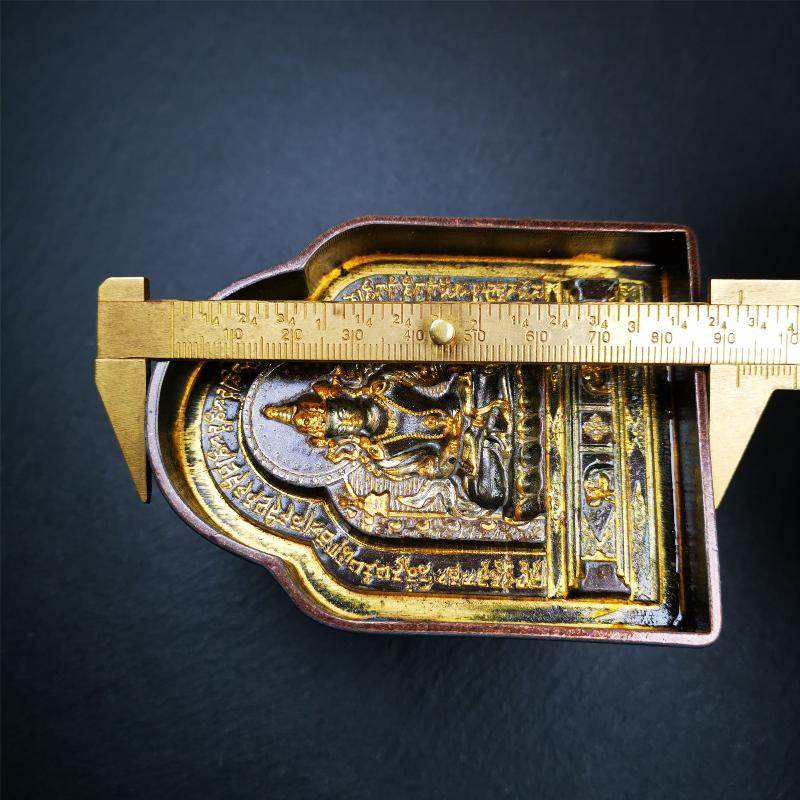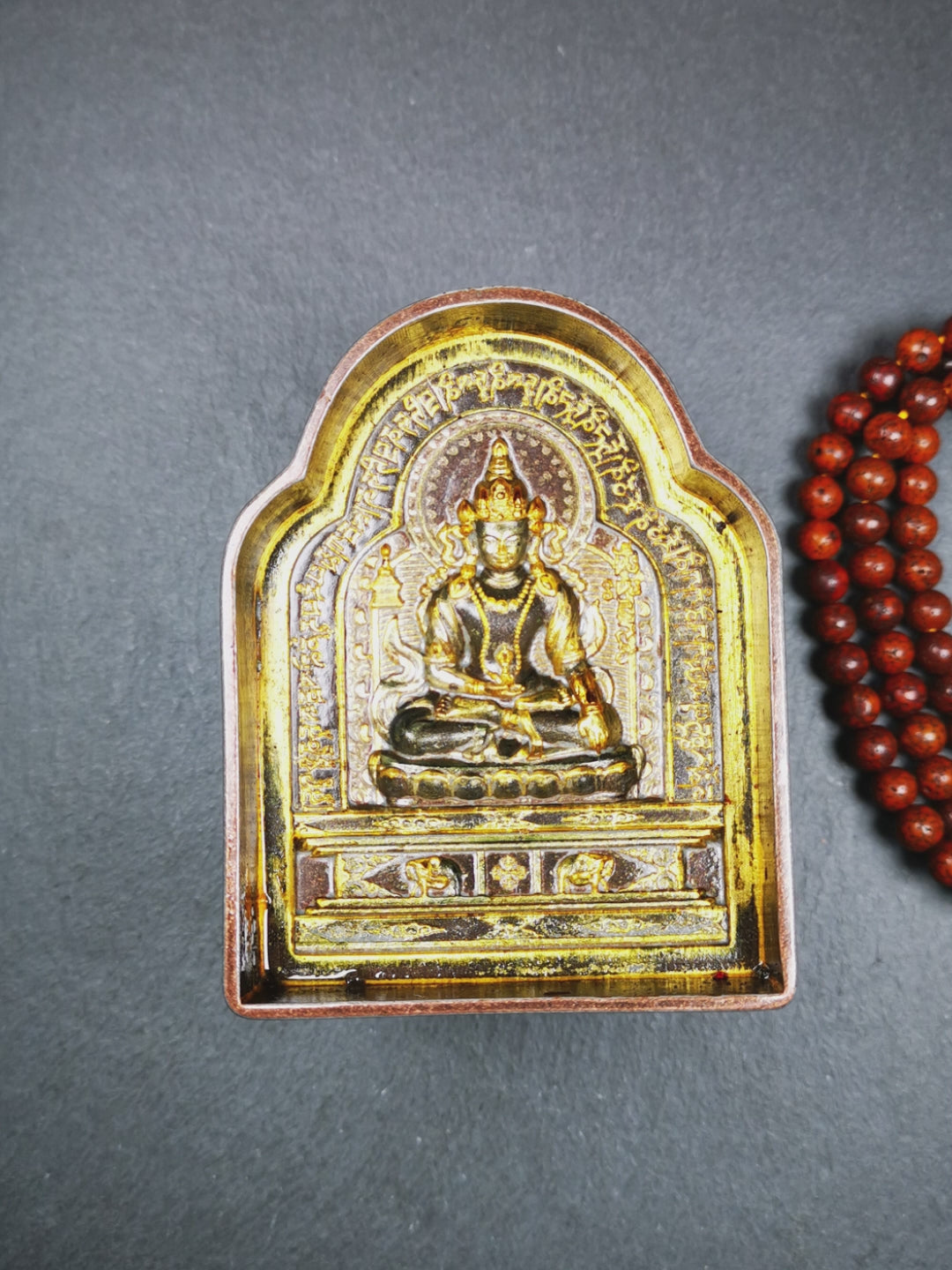Akshobhya, Tsa Tsa Mold
Akshobhya, Tsa Tsa Mold
Couldn't load pickup availability
❤This unique Akshobhya Tsa-Tsa buddha statue mold is made by Tibetan craftsmen in Hepo Township, Baiyu County.
❤With this exquisite mold, you can use clay to make your own Buddha statue as a decoration or consecration.
The statue that you make from your moulds can be left plain or painted.
You can learn how to make your statue with this video
❤ SPECIFICATIONS
Material: copper
Craft: Manual mold, pouring
Color:brown
Size:
Height:about 92mm / 3.6 inches
Width :about 71mm / 2.8 inches
Thickness:about 62mm / 2.4 inches
Weight:about 0.5kg / 17oz
❤HOW TO USE
1. Oil the mold to prevent the clay from sticking
2. Place the mold on the prepared clay
3. Press or hammer the mold hard to shape the clay and take out the blank
4. Dry the blank naturally, let it dry completely
5. (Optional) Bake it in the oven to enhance its hardness, just like pottery
6. (Optional) You can even paint it yourself.
❤You'll get 1pc Buddha statue mold as pictures shown.
❤ABOUT TSA TSA
Tsa Tsa (Tibetan: ཚ་ཚ་, Willy: tsha tsha; Sanskrit: satchāya; Pali: sacchāya or sacchāha), a small mold-releasing clay sculpture in Tibetan Buddhism.
Tsa Tsa originated from India and was introduced to Tibet in the seventh century. It is extruded through a metal mold, and the cement is mixed with wheat grains, treasure powder, spices or the ashes of the monk. The patterns on it were mainly in Indian style in the early days, such as the Sky Tower, Gate Tower, Bodhi Pagoda, and the mantras of the Prajna Paramita Heart Sutra. Later, Tibet began to make its own molds, and the patterns of gods and Buddha images and the six-character mantra began to replace the earlier Indian style.
Tsa Tsa is generally placed in the pagoda as a stupa, or placed in a special "Tsa Tsa kang", or enshrined in temple halls, mani piles, monks' cultivation caves and other places.
❤ABOUT AKSHOBHYA
Akshobhya is one of the Five Wisdom Buddhas, a product of the Adibuddha, who represents consciousness as an aspect of reality. By convention he is located in the east of the Diamond Realm and is the lord of the Eastern Pure Land Abhirati ('The Joyous'). His consort is Lochanā and he is normally accompanied by two elephants. His color is blue-black and his attributes include a bell, three robes, and staff, as well as a jewel, lotus, prayer wheel, and sword. He has several emanations.
Akshobhya appears in the Akṣobhyatathāgatasyavyūha Sūtra , which was translated during the second century CE and is among oldest known Mahayana or Pure Land text.According to the scripture, a monk wished to practice the Dharma in the eastern world of delight and made a vow not to harbor anger or malice towards any being until he achieved enlightenment. He duly proved "immovable" and when he succeeded, he became the buddha Akshobhya.
Akshobhya is sometimes merged with Acala, whose name also means "immovable" in Sanskrit. However, Acala is not a Buddha, but one of the Five Wisdom Kings of the Womb Realm. Prior to the advent of Bhaiṣajyaguru, Akshobhya was the subject of a minor cult in Japan as a healing Buddha, though both are currently venerated within the Shingon Buddhism.
(Sanskrit: अक्षोभ्य, Akṣobhya, "Immovable One"; traditional Chinese: 阿閦如来; ; pinyin: Āchùrúlái; Japanese pronunciation: Ashuku Nyorai)
